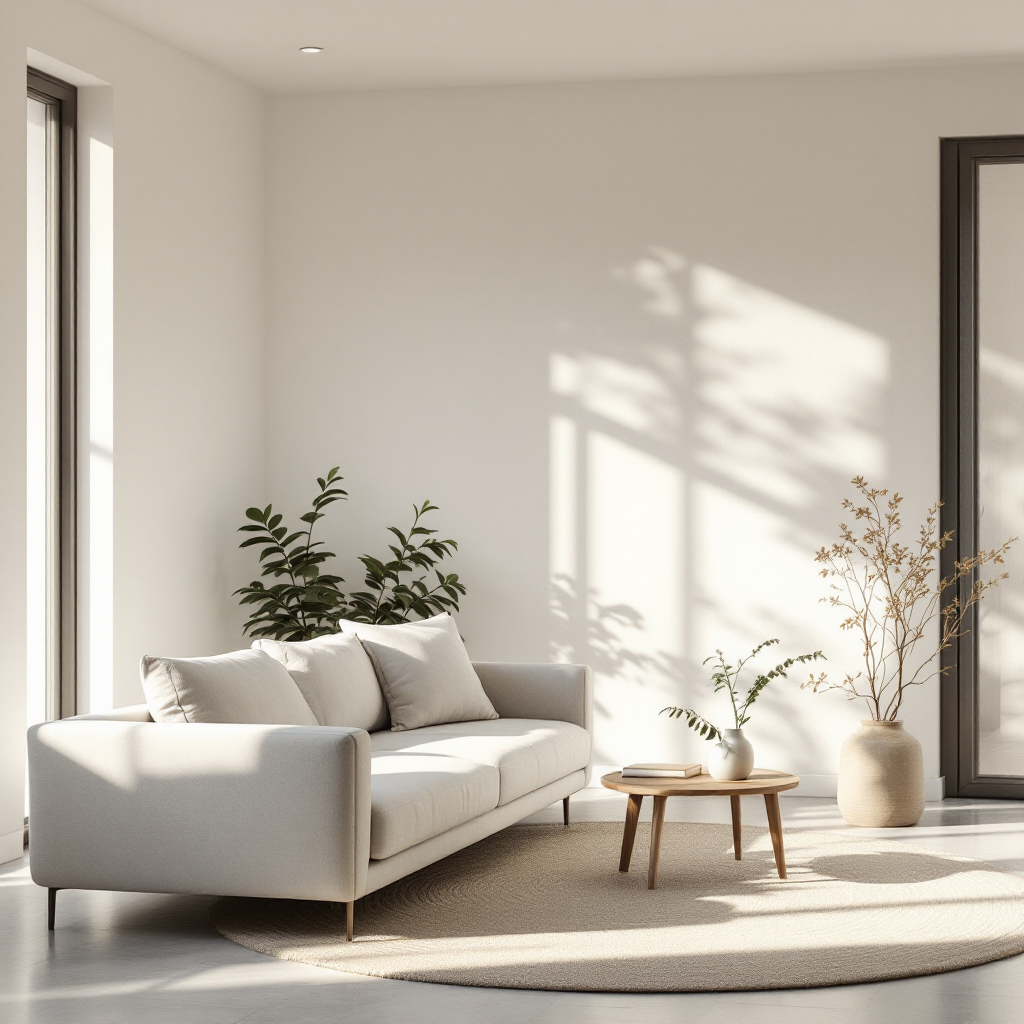Where consumption and excess have become the norm, minimalism emerges as a refreshing approach to living. This comprehensive guide will help you understand the fundamentals of minimalism and how it can transform both your physical space and mental well-being.
Understanding True Minimalism
Minimalism isn’t just about owning fewer things; it’s a mindset that prioritizes intentionality and value. At its core, minimalism encourages us to identify what truly matters in our lives and eliminate everything else that creates unnecessary complexity or stress.
The Benefits of Minimalist Living
Research shows that adopting a minimalist lifestyle can lead to significant improvements in various aspects of life:
- Reduced anxiety and stress levels
- Increased productivity and focus
- Better financial management
- Enhanced environmental consciousness
- Improved decision-making abilities
- Greater appreciation for experiences over possessions
Starting Your Minimalism Journey
1. Begin with Clear Intentions
Before diving into decluttering, take time to define your minimalism goals. Ask yourself:
- What do you want to achieve through minimalism?
- Which areas of your life need simplifying?
- How will minimalism improve your daily routine?
2. The Physical Decluttering Process
Start with these practical steps:
- The 90/90 Rule: If you haven’t used an item in the past 90 days and won’t use it in the next 90, consider letting it go
- Category-Based Decluttering: Address one category at a time (clothes, books, papers, etc.)
- Digital Decluttering: Don’t forget to organize your digital space, including emails, photos, and files
3. Maintaining Mental Clarity
Minimalism extends beyond physical possessions. Consider these mental decluttering techniques:
- Practice daily meditation or mindfulness
- Limit social media consumption
- Simplify your schedule
- Learn to say “no” to non-essential commitments
Creating Sustainable Minimalist Habits
Daily Practices
- Implement the “one in, one out” rule
- Regularly assess your possessions
- Create designated spaces for essential items
- Practice mindful consumption
Common Challenges and Solutions
Many beginners face these obstacles:
- Sentimental Items: Keep only the most meaningful pieces
- “Just in Case” Items: Be realistic about what you actually need
- Digital Hoarding: Regular digital cleanup sessions
- Family Resistance: Lead by example and communicate benefits
The Environmental Impact
Minimalism naturally aligns with environmental consciousness. By consuming less, you:
- Reduce waste
- Lower your carbon footprint
- Support sustainable practices
- Inspire others to be more environmentally conscious
Minimalism in Different Areas of Life
Home
- Create functional spaces
- Maintain clean surfaces
- Choose quality over quantity
- Implement effective storage solutions
Work
- Streamline workflows
- Organize digital files
- Maintain a clutter-free workspace
- Focus on essential tasks
Relationships
- Prioritize meaningful connections
- Reduce toxic relationships
- Spend time intentionally
- Focus on quality interactions
Moving Forward
Remember that minimalism is a journey, not a destination. Start small, be patient with yourself, and celebrate progress along the way. The goal isn’t perfection but rather creating a life that aligns with your values and brings you joy.
By embracing minimalism, you’re not just organizing your space; you’re creating room for what truly matters in your life. Start your journey today, and discover the freedom that comes with living with less.



